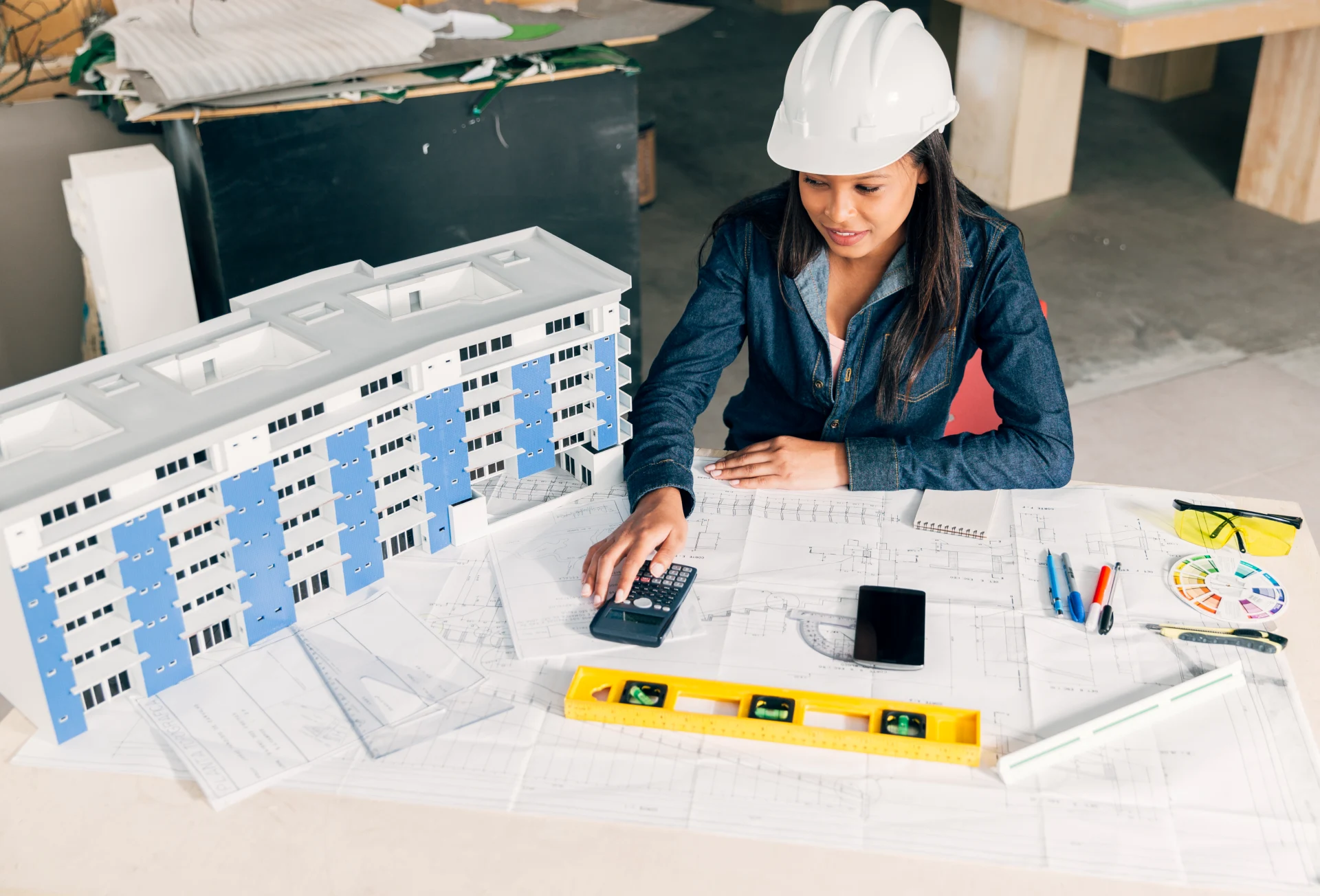In today’s fast-paced construction industry, efficiency, cost-effectiveness, and durability are top priorities for builders and developers. Pre-Engineered Building Services (PEBs) have emerged as a game-changing solution that aligns with modern infrastructure demands. Whether for warehouses, factories, commercial complexes, or institutional buildings, PEBs offer significant advantages over traditional construction methods.
In this blog, we explore what Pre-Engineered Building Services are, how they work, their key benefits, applications across industries, and why they are gaining popularity across the globe.
What Are Pre-Engineered Building Services?
Pre-Engineered Building Services involve a construction approach in which buildings are designed and manufactured within a controlled factory setting before being assembled on-site. These structures are typically made of steel and include elements such as primary frames, secondary members, roof and wall panels, and fasteners—all engineered to fit together perfectly.
Unlike conventional buildings that require time-consuming on-site fabrication, PEBs are pre-designed using advanced software and then manufactured with precision, significantly reducing the construction timeline.
Components of a Pre-Engineered Building
A standard PEB comprises the following essential components:
- Primary Frames: Rigid steel frames including rafters and columns.
- Secondary Members: Purlins, girts, and bracing that support the structure.
- Roof & Wall Panels: Made from high-quality steel sheets with coatings for corrosion resistance.
- Accessories: Ventilators, skylights, windows, doors, insulation, and more.
- Foundations: Designed to accommodate pre-engineered components and ensure structural stability.
These components are engineered to function cohesively, ensuring strength, flexibility, and aesthetic appeal.
Advantages of Pre-Engineered Building Services
1. Reduced Construction Time
PEBs are built off-site and put together rapidly, reducing construction time by as much as 50% in comparison to conventional building methods. This is especially beneficial for industries where time-to-market is critical.
2. Cost-Effective
Because of efficient use of materials, bulk manufacturing, and reduced labor requirements, Pre-Engineered Building Services can significantly reduce overall construction costs.
3. High Quality and Durability
Because components are made in a factory-controlled environment, their quality is consistent. PEB constructions show resilience against corrosion, weather conditions, pests, and seismic events.
4. Flexible Design Options
Contrary to the misconception that PEBs are rigid in design, they offer great flexibility in architectural customization. You can design large, clear spans without intermediate columns, perfect for open spaces like warehouses or auditoriums.
5. Energy Efficiency
PEBs can be equipped with insulation, solar panels, and energy-efficient coatings, contributing to sustainability and lower operational costs.
6. Low Maintenance
The materials used in PEBs require minimal upkeep. With proper coatings and anti-corrosive treatments, structures remain in excellent condition for decades.
Applications of Pre-Engineered Building Services
Pre-Engineered Building Services are used in a wide array of industries, including:
– Industrial Sector
Manufacturing plants, cold storage facilities, logistics hubs, and fabrication units benefit from the quick setup and large spans PEBs offer.
– Commercial Buildings
Retail spaces, office buildings, shopping malls, and showrooms are being developed using PEB methods for faster delivery and modern design flexibility.
– Agriculture
Farmhouses, barns, and storage sheds for agricultural produce are often built using PEB due to their strength and adaptability to rural environments.
– Institutional Buildings
Educational institutions, healthcare facilities, and community centers can be built faster with PEBs while maintaining safety standards and aesthetic appeal.
– Infrastructure Projects
Airports, railway stations, parking garages, and sports arenas are ideal candidates for pre-engineered steel structures due to their need for large, clear spaces and speed of construction.
Future of Pre-Engineered Building Services
As sustainability and smart construction become central to development, PEBs are expected to lead the way. The future of Pre-Engineered Building Services includes:
- Integration with BIM (Building Information Modeling) for design accuracy and clash detection.
- Use of Green Materials and modular construction techniques.
- IoT-enabled structures for automated monitoring and maintenance.
- Global expansion in rural housing, disaster recovery shelters, and military infrastructure.
With the increasing adoption of smart technologies, Pre-Engineered Buildings are moving beyond industrial usage and entering mainstream commercial and residential development.
Common Misconceptions About Pre-Engineered Buildings
Despite their advantages, PEBs are often misunderstood. Let’s clarify a few myths:
- “PEBs are not aesthetically appealing” – Modern PEBs can be clad with glass, stone, or other finishes for a stylish exterior.
- “They are only suitable for temporary structures” – PEBs are engineered for long-term use and can last over 50 years with minimal maintenance.
- “Limited to industrial use only” – As discussed, PEBs are now widely used in commercial, institutional, and even residential buildings.
FAQs about Pre-Engineered Building Services
Q1. What is the construction duration for a pre-engineered building?
A: Depending on the size and complexity, PEB structures can be completed 30-50% faster than conventional buildings.
Q2. Are PEBs safe for seismic-prone areas?
A: Yes. PEBs can be designed to withstand seismic forces by adhering to engineering codes and using proper anchoring and bracing techniques.
Q3. Can I customize the design of a pre-engineered building?
A: Without a doubt. PEBs can be highly customized, from their size and shape to their external finishes and interior layouts.
Q4. What materials are commonly used in PEBs?
A: Structural steel is the primary material. Roof and wall panels are usually made of coated steel sheets, and insulation materials can be added for energy efficiency.
Q5. Are pre-engineered buildings environmentally friendly?
A: Yes. PEBs reduce construction waste, use recyclable materials, and can incorporate energy-saving features like solar panels and cool roofing systems.
Conclusion
As industries continue to seek faster, smarter, and more cost-effective construction solutions, Pre-Engineered Building Services are proving to be a versatile and reliable choice. Their flexibility in design, structural integrity, and speed of construction make them ideal for projects across sectors.
For organizations looking to leverage the full potential of pre-engineered solutions with precision, quality, and innovative design, Henrock Structure Associates offers expertise backed by industry knowledge and commitment to excellence.


